|
By Willow Enright The wardrobe in The 100 is a cosplayer’s dream. There are so many rich details to garbled together clothing and armor, that the world of the Grounders seems tangible. Maybe it’s their use of seat belts, tires, and ripped up grunged gear to create their recycled style, or perhaps it’s simply the ingenuity. Either way, the post-apocalyptic look of The 100 is fun to recreate! Grounders don't buy fashion, they create it!I decided that I didn’t want to outright buy the motorcycle pants, but make them myself so that they are more Grounder-like. To recreate the Lexa Grounder pants I used three different pairs of pants that I already had. The anchor pair are old workout pants that have a decent waist height, fit, and are stretchable with a drawstring waist. I used this pair as my base for building the rest of the pants. The main focal point of pants were some black linen Steampunk pants acquired a long time ago by catalog, only they never fit because the pants were so incredibly low cut that it was obscene. I decided to split these and use them as the front and back of the pants due to their cool Steampunk flare of hardware and leather. The third pair were black denim stretch jeans that were way too small. These were used for pockets, and accent details, including the pleated knees. I started by putting the workout pants on my body. I then pinning the flared legs over for a more fitted pant all the way to my ankles. I cut off the excess material folded over and sewed the pant legs back together. I apologize that I didn’t actually take great photos of my build process, including before photos of each pair of pants. I had to use similar reference photos for the stretch denim jeans, and shots of the already finished Steampunk pants. Tear it down, to build from the Grounder up.My next step was to split the Steampunk pants down the outer seams. This essentially left me with a large flap of pants in the front and back connected by the crotch of the pants. I then pinned these large pieces to the workout pants, before cutting away the additional layer of workout pants on the inside that would make the pants unnecessarily two layered. Since these pants were also originally puffy at the knee, I had to take in the knee area until it was fitted. I sewed these two pants parts together before adding any of the denim detail pieces, and I used a basic straight stitch to combine them. The stretchy workout pants along the side help to accommodate getting into the pants once they are all sewn, especially since the focal pair aren’t stretchy at all so there’s zero give to the fabric. The stretchy denim jeans were dissected into four parts. The legs of the jeans were cut off just under the pocket lines so that all four pockets could still be used. The front button and zipper section were cut off since the Steampunk pants already have a button/zipper combo, and the back pockets were separated by cutting along the seam leaving the original seam on one pocket’s edge. Each leg was opened along the inseam, and then pleat folded until the entire leg of the jeans was one huge denim pleat. This process took several pinning, un-pinnings before the pleats were even on both sides and could be sewn to make them permanent pleat panels. Don't Forget About the POCKETS!I then pinned the denim pocket sections so that the front pockets could easily be used, along with the belt loops. The back pockets wrap around and add some additional details to the butt, even if they aren’t traditionally placed. I sewed these denim sections over the combined pair so that the finished pants appear to be altered jeans. The matching pleated knee panels tie in the materials to make the pants seem more cohesive. Each pleated panel was wrapped around the knee section and sewn on top of the combined pants. In the end I have an original pair of Grounder pants. They retain the classic Lexa pant style by being fitted with pleated knee sections, but also have a uniqueness which make them my own creation. Emulating post apocalyptic characters provides the opportunity for your own artistic expression, and gives you a wicked new style to sport!
3 Comments
by Erin Bishop The secret is in the copywriting. And I don't have to tell you, that writing copy for Etsy is hard work. I used to spend hours on trying to craft the perfect description for my Etsy Listings. Even after reading blogs about what to do, it was still difficult. It wasn’t until I wrote my own personalised guide that it became much easier. Now I can write about three in the same time that it use to take me to write one. Write What They Want to Know This is the easiest part of the listing and where you should start. You must have the product and measuring tape in front of you while you write. This maybe more difficult than it sounds if your desk is as cluttered as mine is. Start by describing the product from more general bits of information to the more methodical. Describe what the product is? What is the predominate color of the object? How big is the object? Is it the size of a box of cigarettes? A mini fridge? Or a Bread Box? What’s the general shape of the object? Is it a cube? Does it look like a crescent moon? Or does it resemble a heart? What type of leather is it made out of? See how’s that’s very specific to my needs and may not fit yours? What other materials were used? And the best for last, What are the dimensions? Write What you Want Them to Associate Your Product WithThis is where I write some of my most, “you gotta be a fan to appreciate this” jokes. Because Leather Works by Willow is run by a couple of geeks, who make items for other geeks, this is where you should let your geek flag fly. I will start by establishing for myself if not my audience what universe this item belongs in. If it’s Star Wars inspired I can pull references from the Movies, the TV shows, and the books, but the movies are the main thing that everyone knows. That isn’t always the case though for example Harry Potter Fans and I mean Fans, have all read the books, you can reference things that movie watches would scratch their heads about, if you can defy this please feel free to call me out. The second paragraph should be as inside joke as it can be, without alienating the base of fans from that given universe. When Is It From? A bygone era? Modern? Or from a dystopian future? These Questions help me craft the type of language I will use. The following questions I will combine for three inhouse universe places, activities being performed, and what you might be wearing or who you might be hanging out with. Do you take it to the desert? The beach? Underwater? Magical forest? What activity are you doing? Climbing Mts? Having Tea with a Friend? Performing Aerial Acrobatics? What Outfit Does It Go With? For example: Use this “Star Wars Inspired Cowboy Rig Hip Bag” to hold your lightsaber while you’re riding a tauntaun through that distant mountain range on reconnaissance. This “Deadpool Pocket Wallet” is just the thing to hold some spare cash close to you so that you can always pay your cab fare. I reckon’ that this “Mal Reynolds Holster with Belt” will help hold your backup piece at the ready, incase something goes wrong on the job, like it always does. Write About YourselfNow that I have this outline formed to fit my needs, I find writing this section to be the most difficult. Where Did You Make It? How Long Did It Take You To Make It? Who Worked On It? These are simple questions and could have simple answers. But all the answers seem so impersonal, especially when you consider that this section is dedicated to being personal. I always try to add something about how long I or Willow has loved that particular ‘verse. How it kills us that Star Wars has a movie called The Last Jedi, and Luke wants to disband the Jedi Order, because all we’ve wanted to do since we were kids, is go up and become a Jedi, even after seeing the prequels.
Please leave a link to your own Etsy shops. And share what some of your struggles have been. Also if you want to tell me how I can write listings descriptions better please feel free to criticize, or share what you've done. by Erin Bishop I don’t know how many of you live in an area that has seen a hotter than average summer, but here in Seattle, we have. Because I live in a very temperate area, I’ve never thought about how frequent I should oil my drums. So I was shocked and in a panic that one of my hand drums started developing cracks. Research, Research, ResearchI knew I needed to fix whatever the problem was and fast. I know that the rawhide material is made from the skins of animals and any cracks would have developed from a lack of moisture, just like our skin. But unlike our alive skin, it cannot repair itself and since it already developed a crack it will always have that crack. What I needed to do was to stop the spread, but what products do I use? And how can I obviously take better care in the future. For answers to those questions I did a simple search on Google by typing in “The rawhide on my drum is cracking what do I do?” I then read over the top 4 links to find out that drums need natural based oils like shea butter and coconut oil, or leather based conditioners like saddle soap. I wanted to jump into action right away, and not wait for a package to arrive or to make a trip to the store. I asked Willow what products would fit that description. She pointed out that we have an Aussie Conditioner and coconut oil. No Time to Lose, Apply NOW!So Willow and I applied the Aussie Conditioner, a bees wax to the cracked drum. Neither of us were satisfied with the results so we switched to our coconut oil. Satisfied with the results of the coconut oil application. I then used the oil on my non-cracked drum, hopefully that will stop that one from cracking. “If you've got a problem, take it out on a drum.” - Neil PeartOther tips I’ve learned from those sites, share that you should never keep your drums in a car, something I did while camping. Oil regularly, a practice that I will have to start. Store at room temperature, something I already do. Tuning your drum is important, wish I knew how to tune. It’s best to store them in a bag that breathes and is made out of a similar material. Happy Drumming!
By Willow Enright Fall is just around the corner, and it’s time to pull out all your favorite leather items in preparation for cooler temperatures. It’s important to clean, rejuvenate, and condition your leather goods regularly. The more you use them, the more care you should give them. The fall is a perfect time to give your favorite leather a round of loving care. I’m going to demonstrate how to do this with my puppy Lando’s leather Martingale collar. We recently went camping and Lando definitely gave his leather collar a run through the mud and elements. So, it was time to clean it and bring it back to life! This collar was pretty caked with dirt and it required a damp cloth wipe down before using a leather cleaner. I used Chamberlain’s Leather Milk Formula No. 2, the straight cleaner. Applying a generous amount onto the sponge, use circular motions to work the cleaner into the leather. Since this is an unlined dog collar I also cleaned the inside of the leather collar in the same way. Once you give it a good scrub down, let it dry before deciding if you need another round of cleaning. I repeated the process twice before I felt that it was clean enough. After cleaning the leather and letting it dry, it’s time to rejuvenate it! Another Chamberlain’s Leather Milk Formula No. 1, leather care liniment for rejuvenating the leather. Using a different sponge apply the same technique of liquid on the sponge and circular motions in order to work the cream into the leather. This process will darken your leather somewhat as it helps to replenish the natural oils in the leather. Since Lando’s collar was extremely dirty and required that I use a damp cloth as well as two rounds of the straight cleaner, I gave both sides of the leather a healthy amount of cream. Let it dry completely before moving onto the final conditioning. Once you have cleaned the dirt and rejuvenated the natural oils in the leather, you can condition the leather to help protect it. I then used Chamberlain’s Leather Milk Formula No. 3, to penetrate the oils and waxes, as it rejuvenates the leather. It does this in such a way as to deeply condition leather while making it rather water-resistant. Some finished leathers will be much more water-resistant after application while a natural finished leather will actually absorb more of the recipe and become a bit less water-resistant. As the oils in the leather evaporate and the waxes wear off of the leather over time, the leather will become less water-resistant. How long that takes will depend on the exposure conditions and the type of leather. If you use it once a year then an annual ritual is plenty, however if you use it daily in the rain then once a month is better. If you don’t have that many leather items and don’t want to spend $70-80 on supplies that will just sit in your closet until you forget why you bought them, I don’t blame you. This is where getting to know your local leather worker, researching their methods, looking at examples of previous works, can really save you some money. So dig out that leather jacket and have it cleaned just in time for Fall.
P.S. Just let your friend believe that your leather jacket is new, I won’t tell if you wont. |
Willow EnrightI started crafting out of leather in 2011, and now I am making it my life's work. I am writing this blog to help myself remember some of the small steps in past projects, sharing my triumphs and failures, as well as my love of leather. Archives
November 2017
Categories
All
|
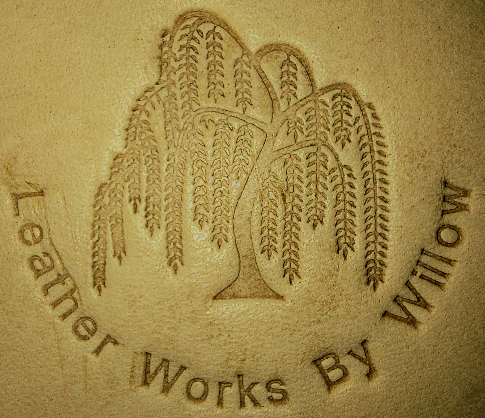

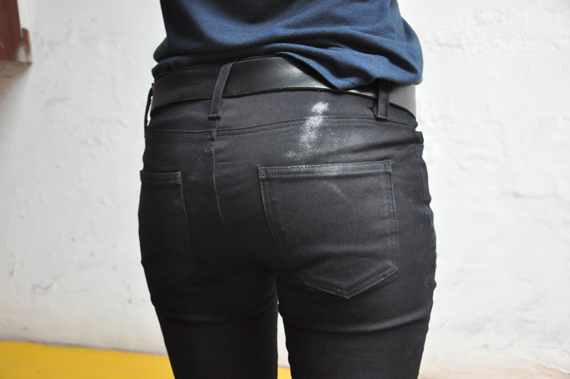
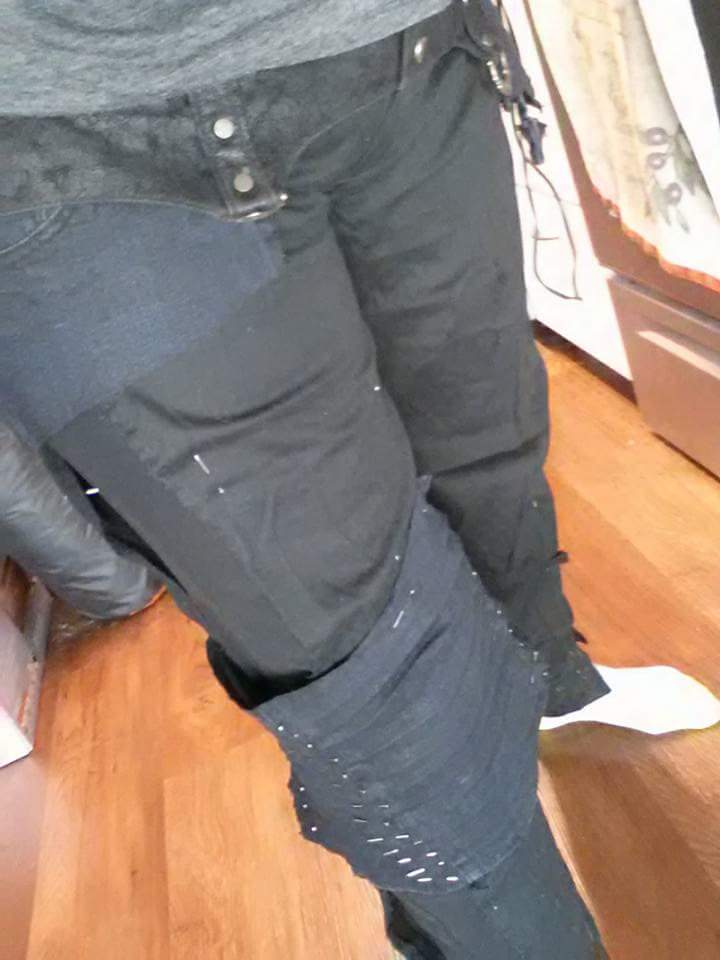
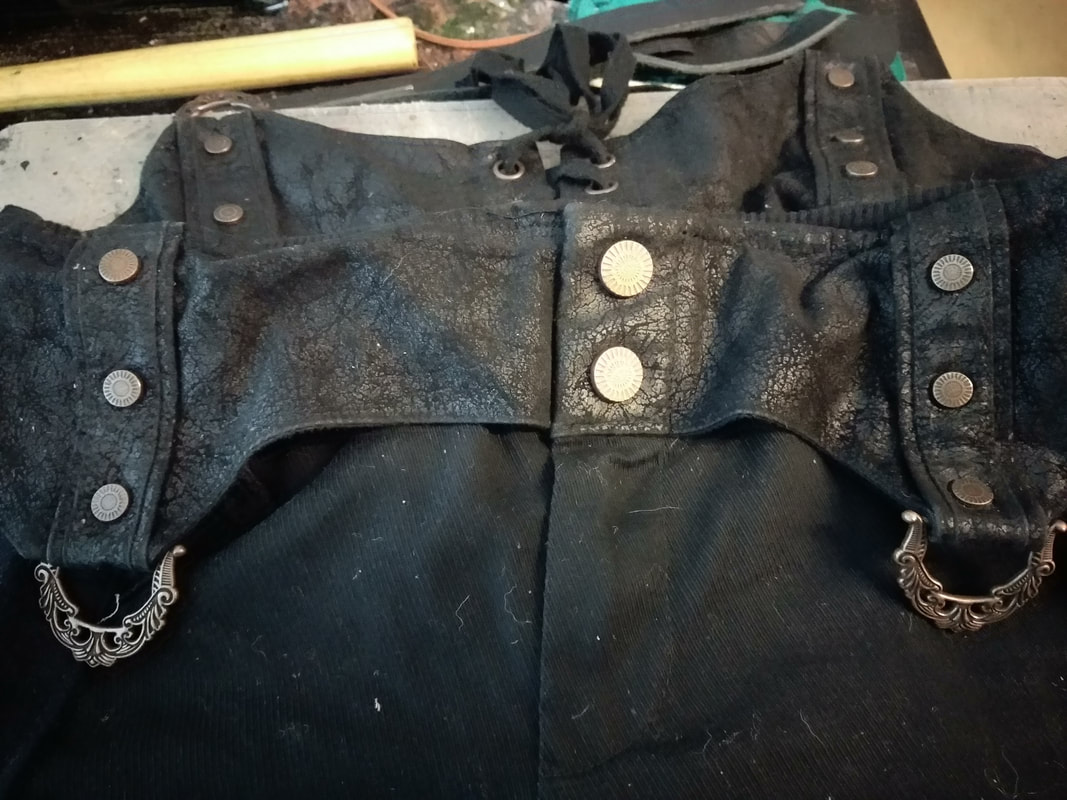
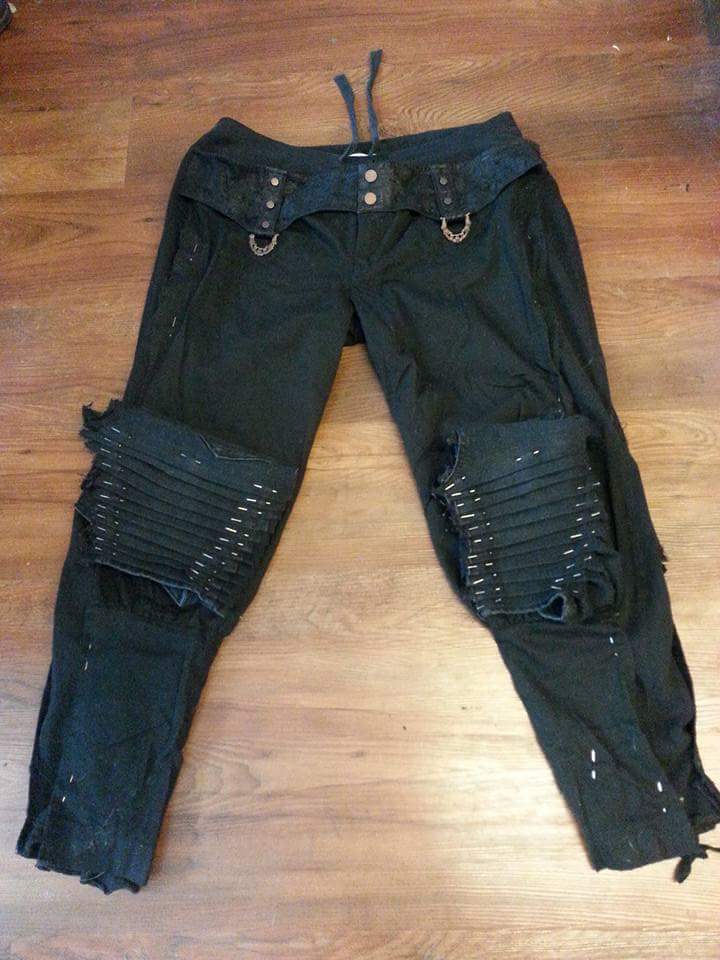
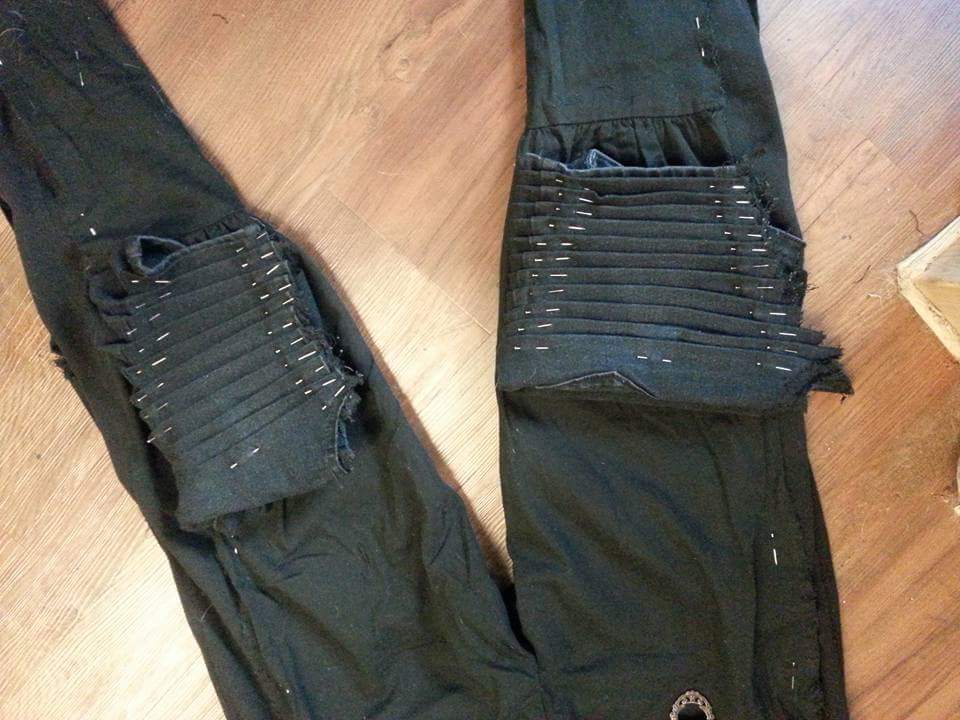
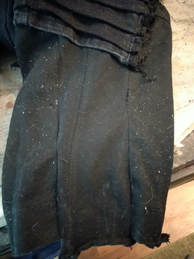
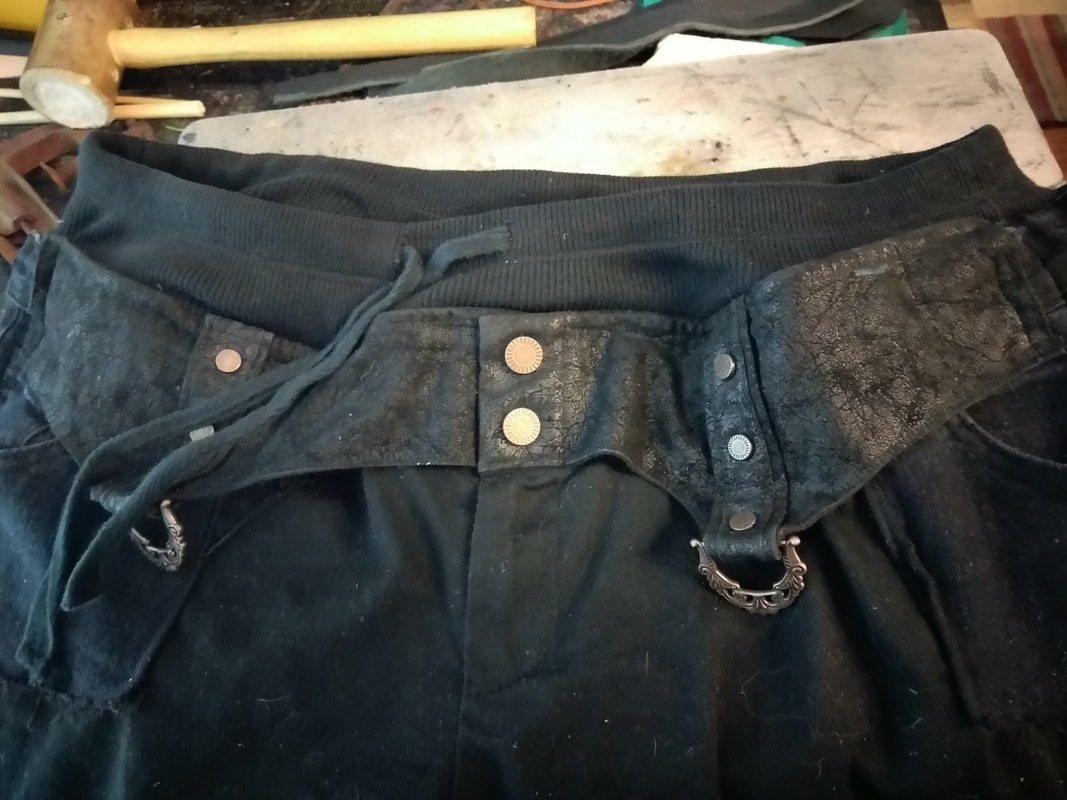
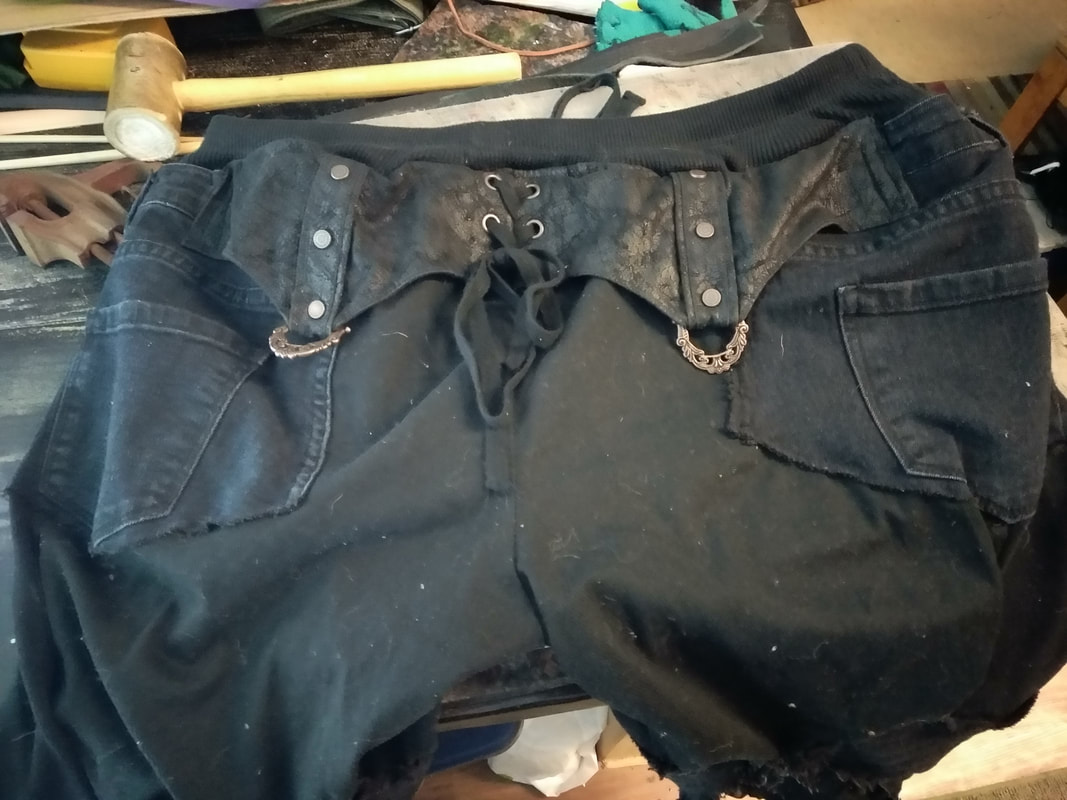
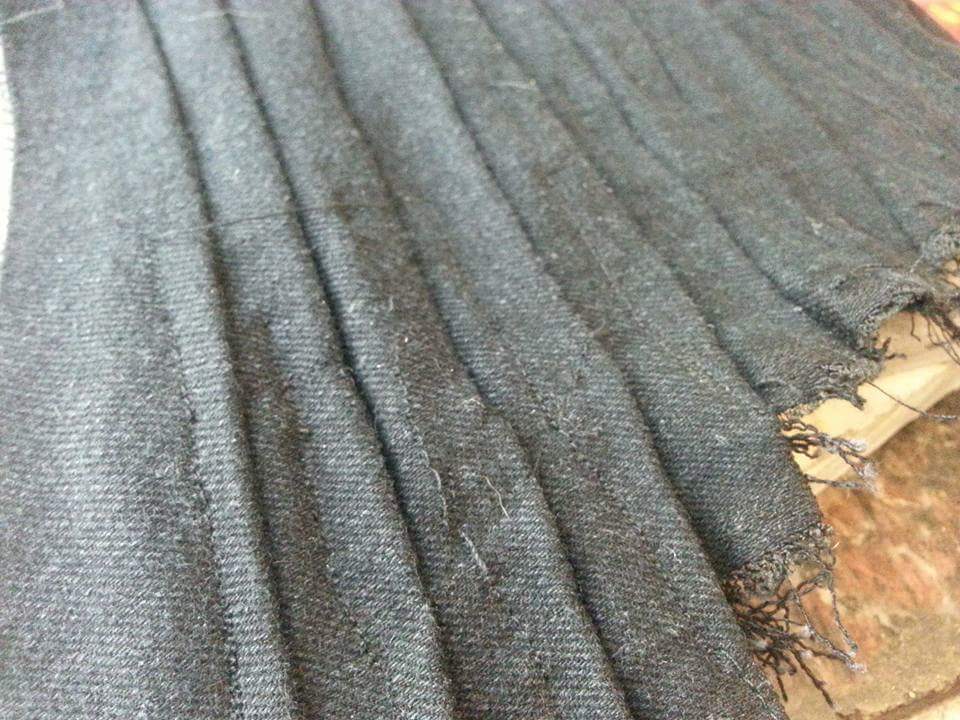
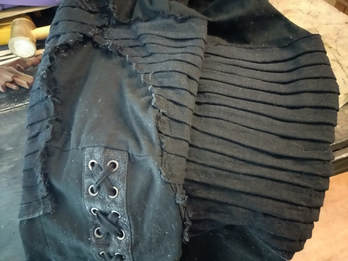
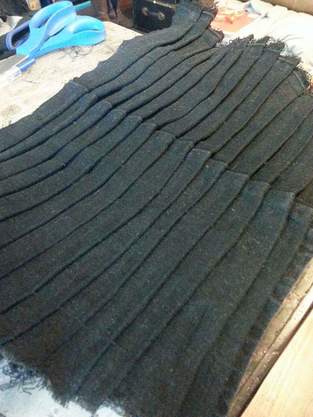
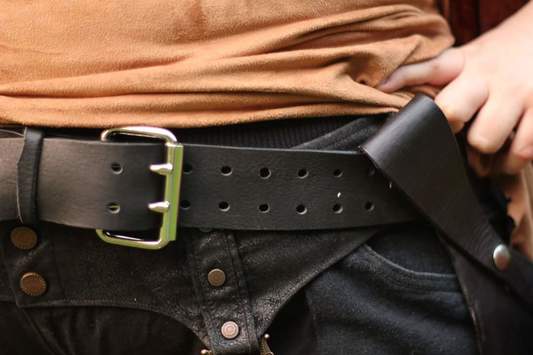
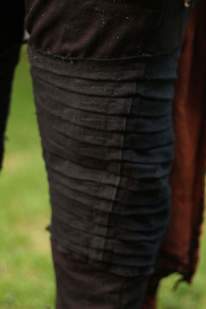
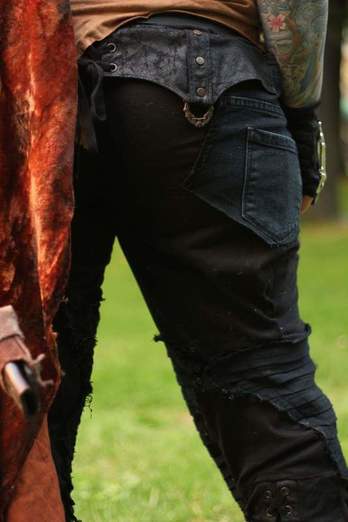
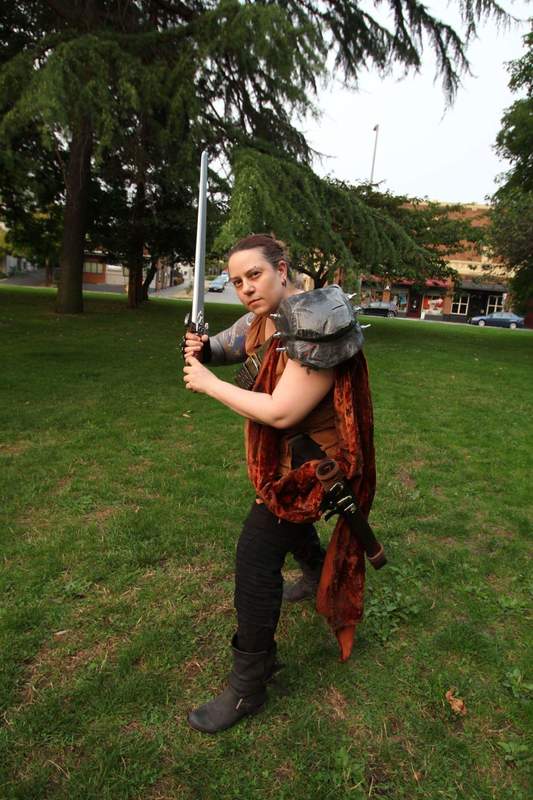
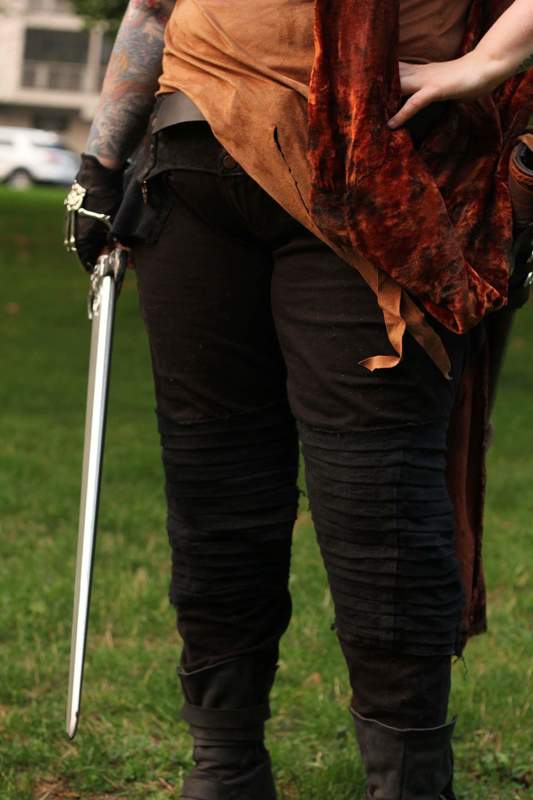
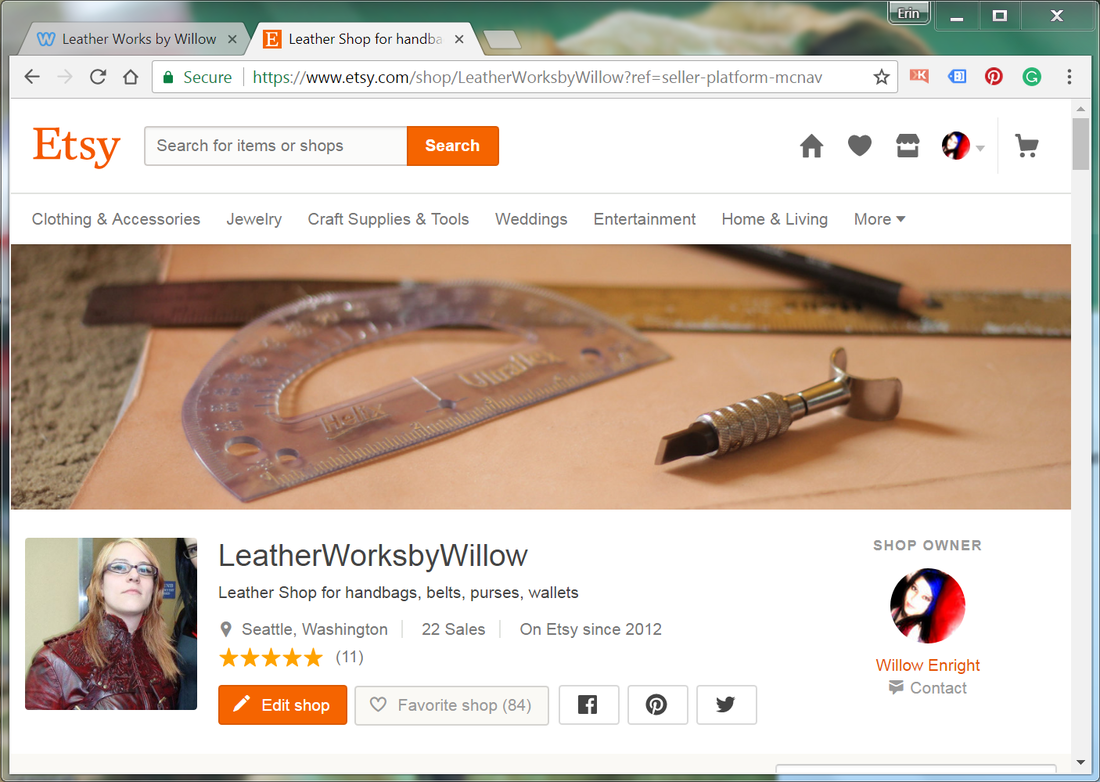
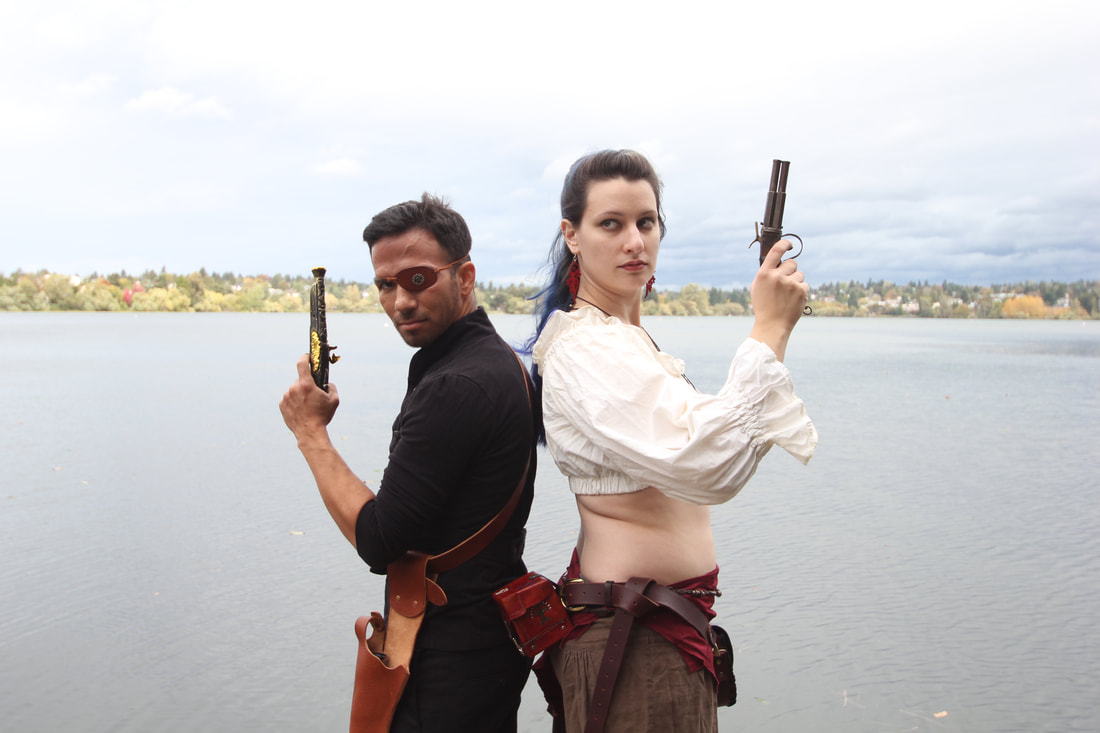
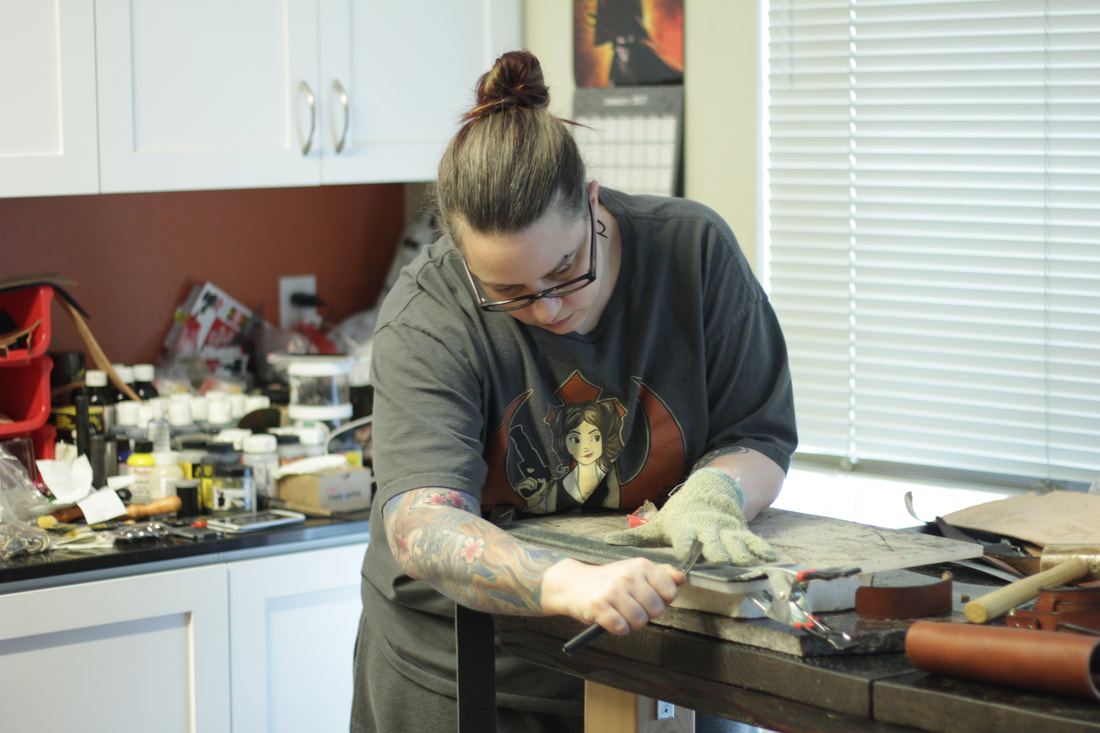
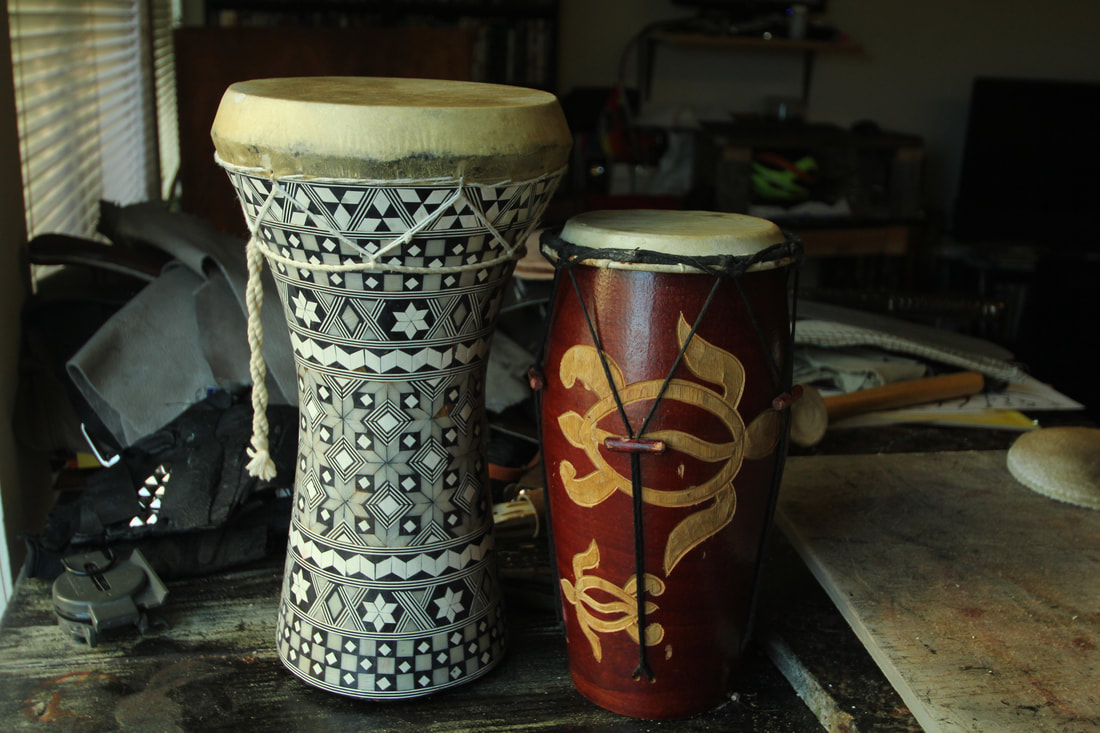
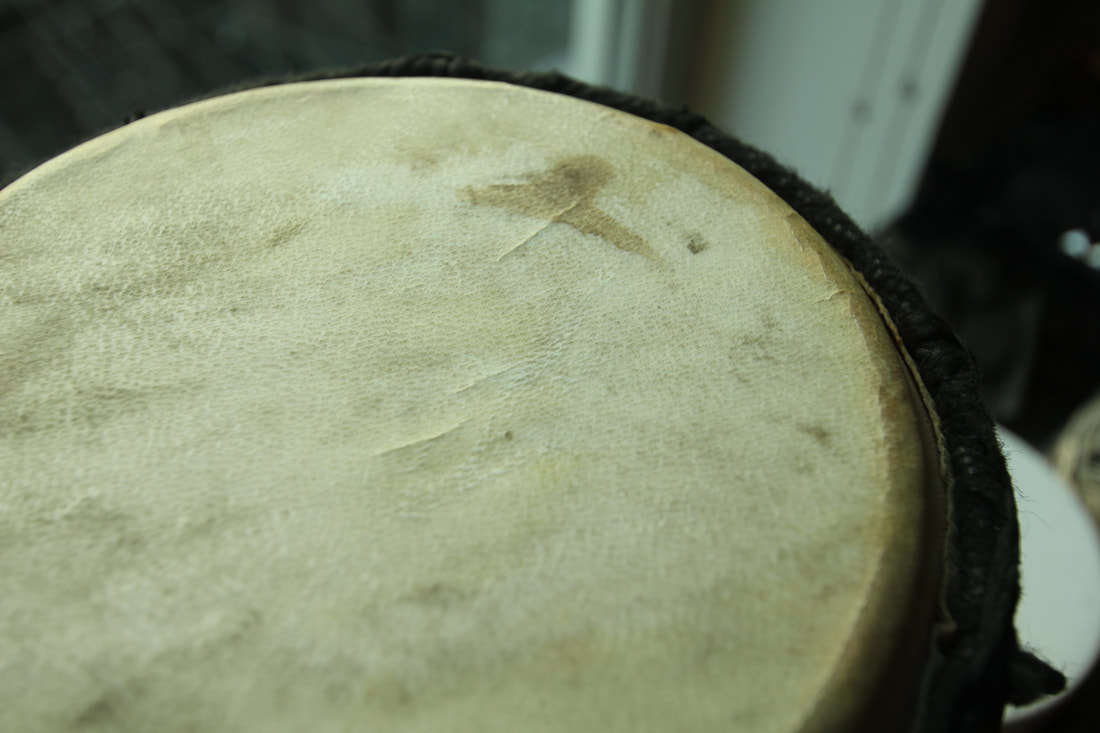
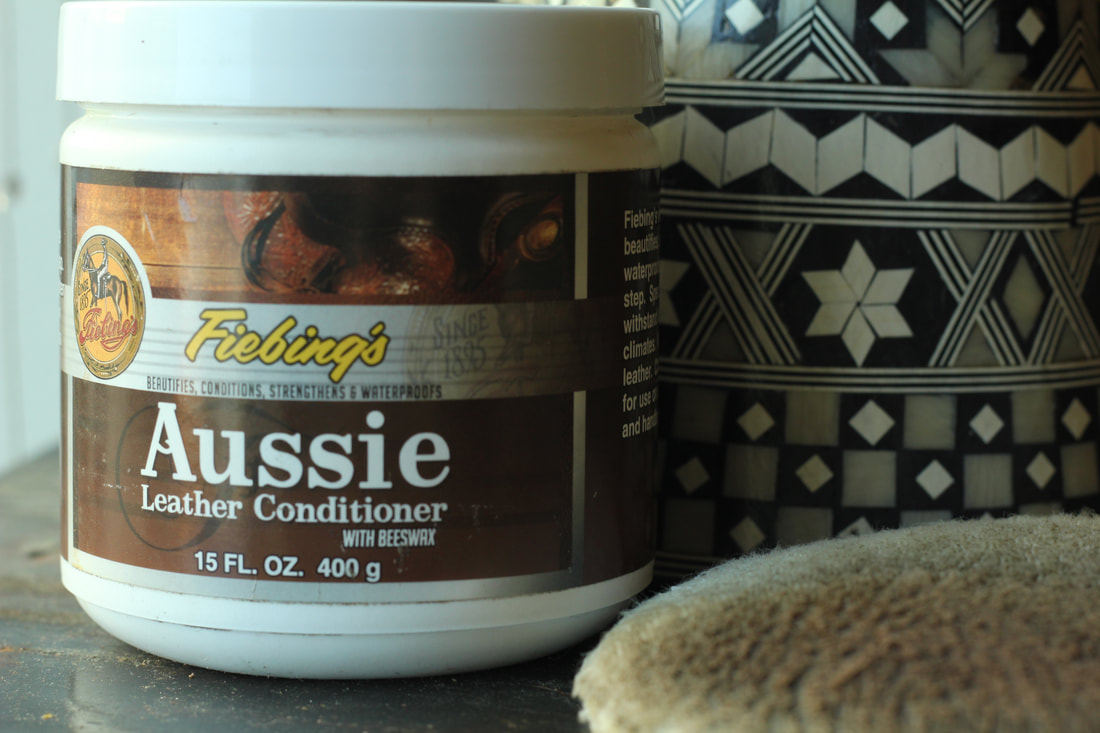
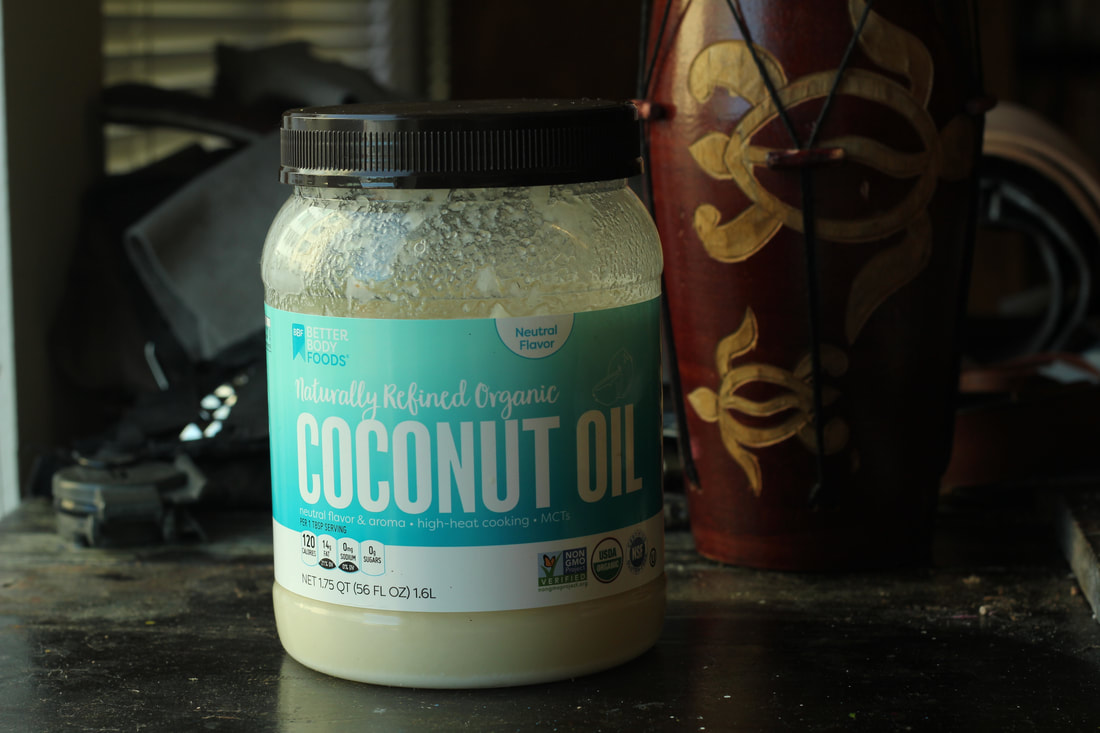
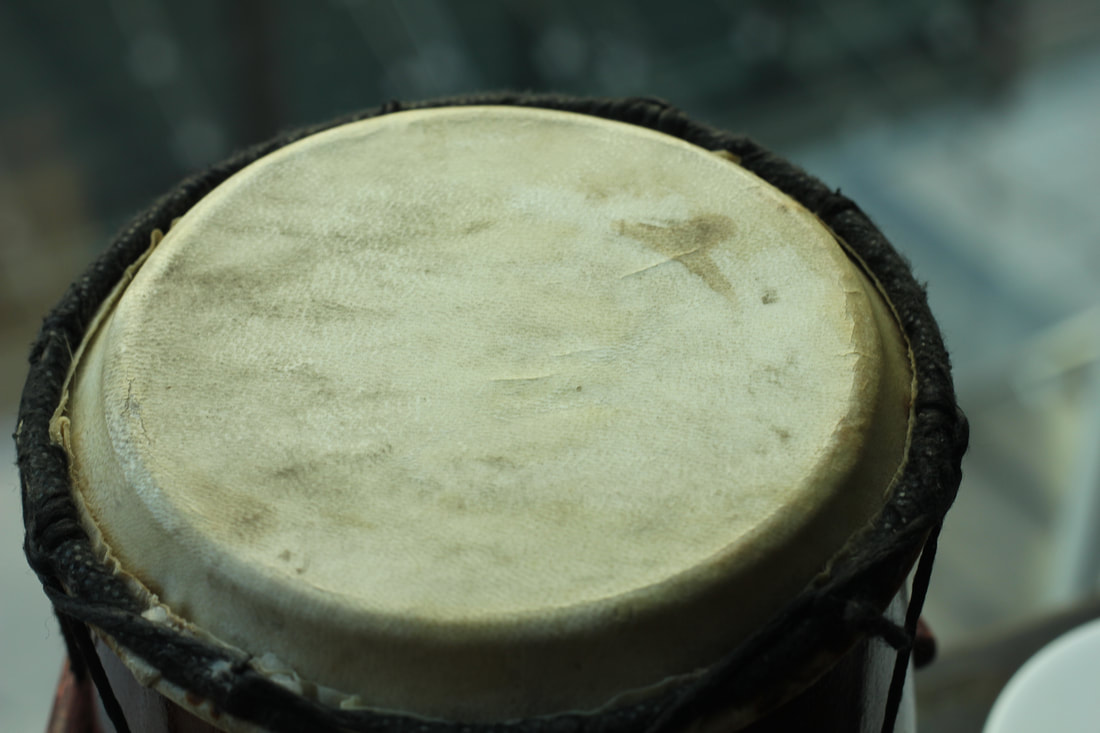
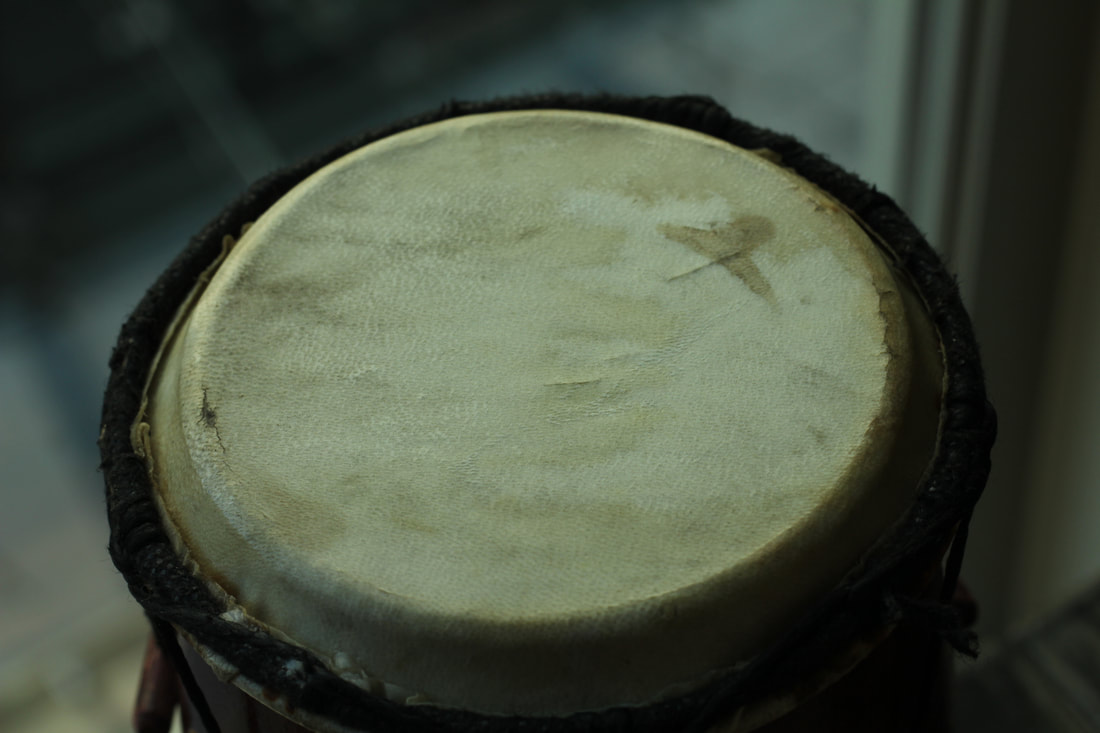
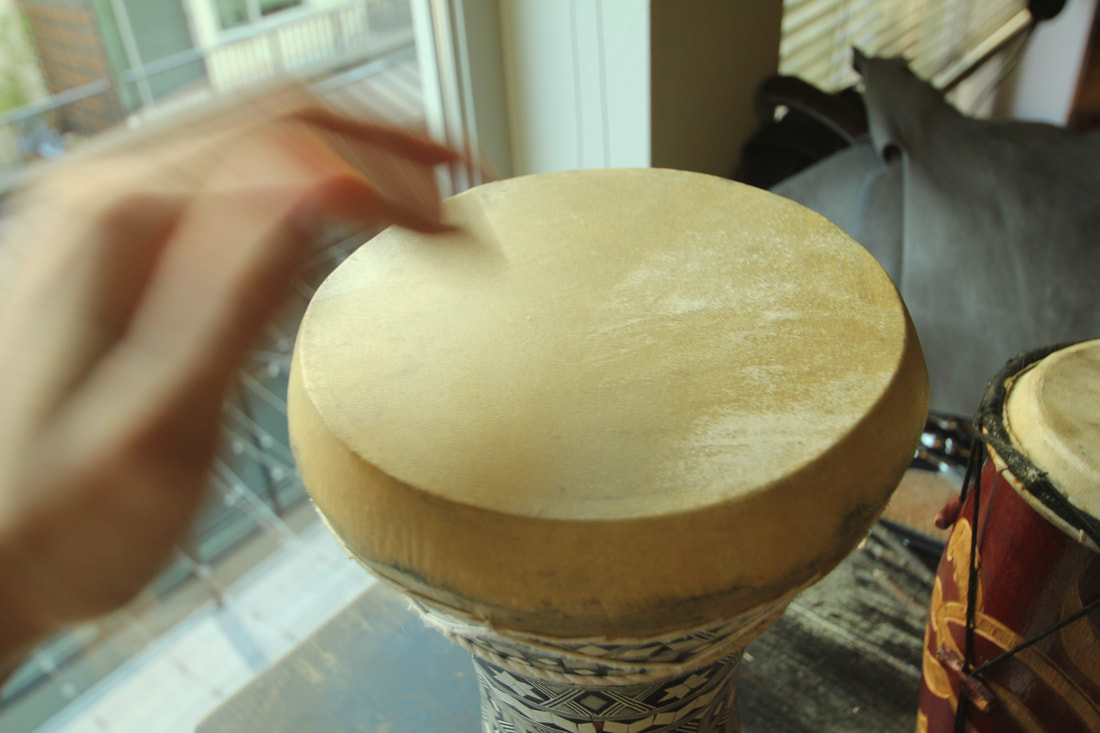
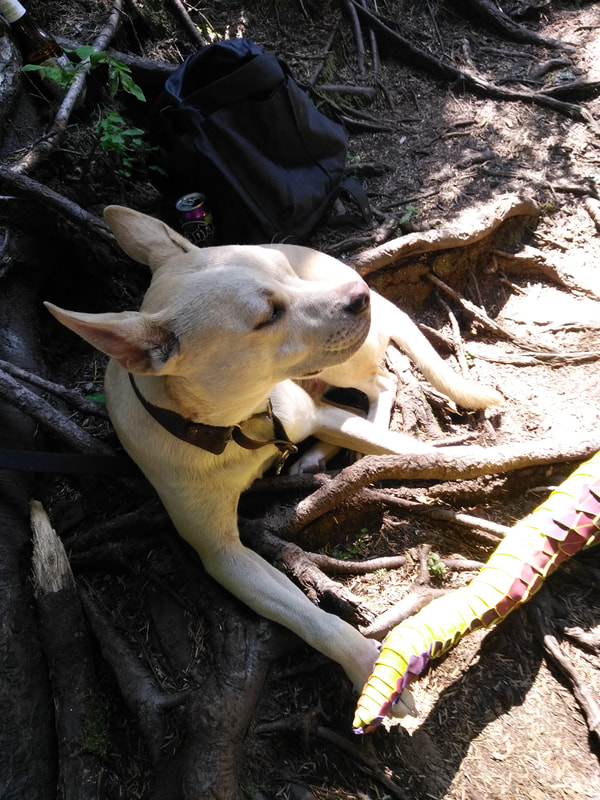
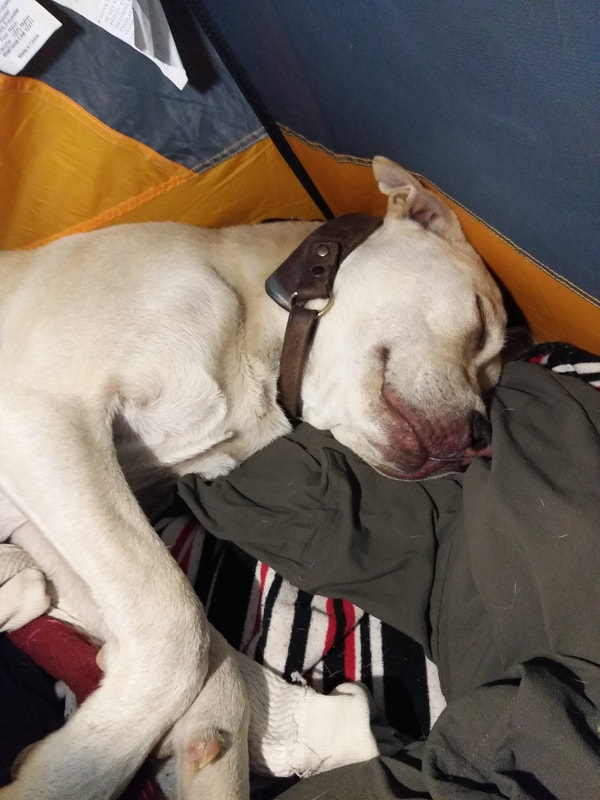
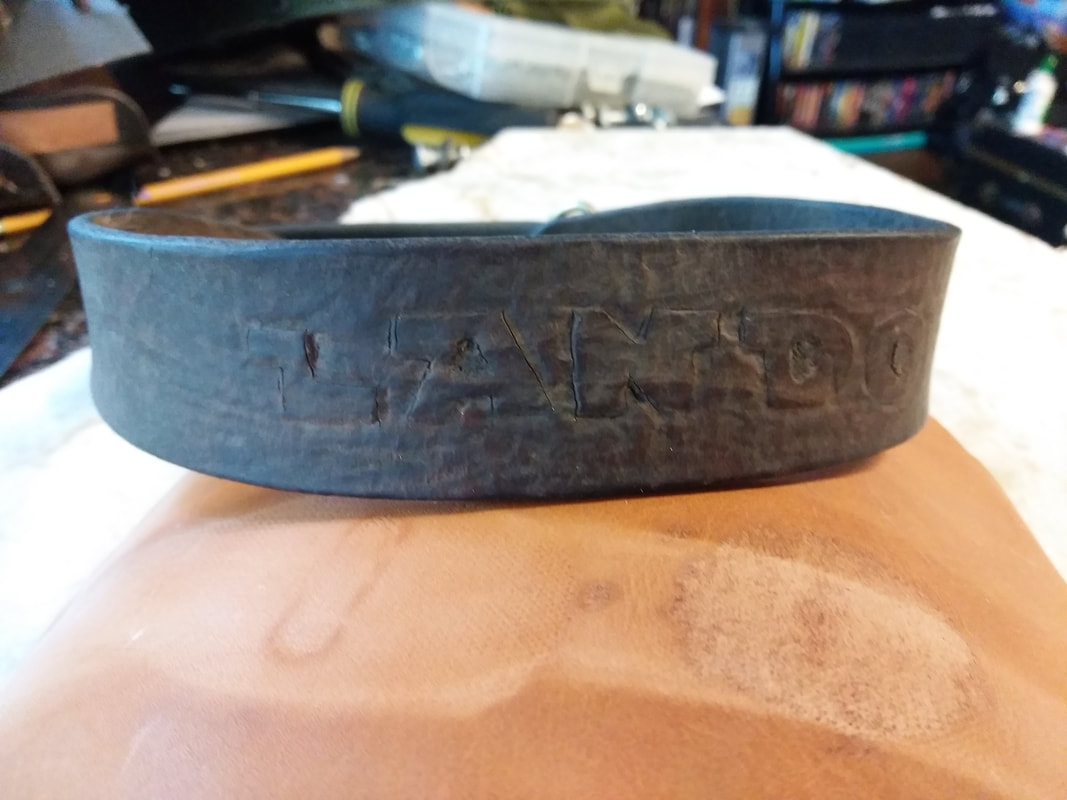
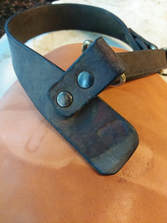
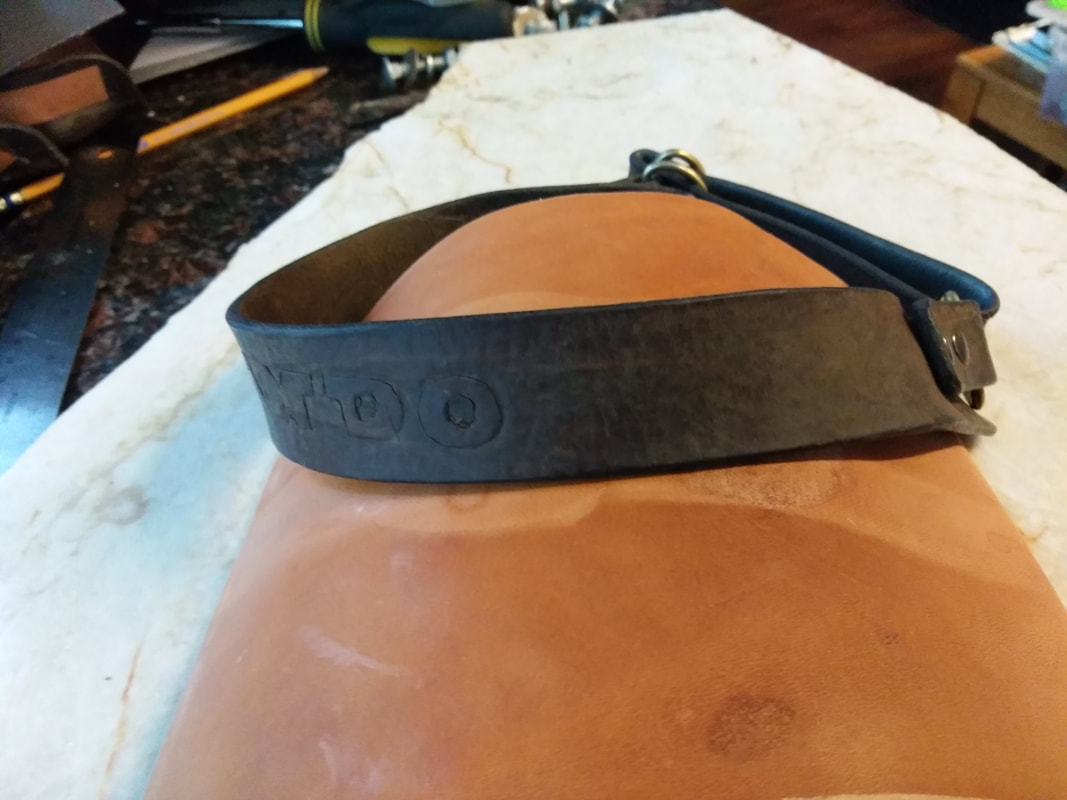
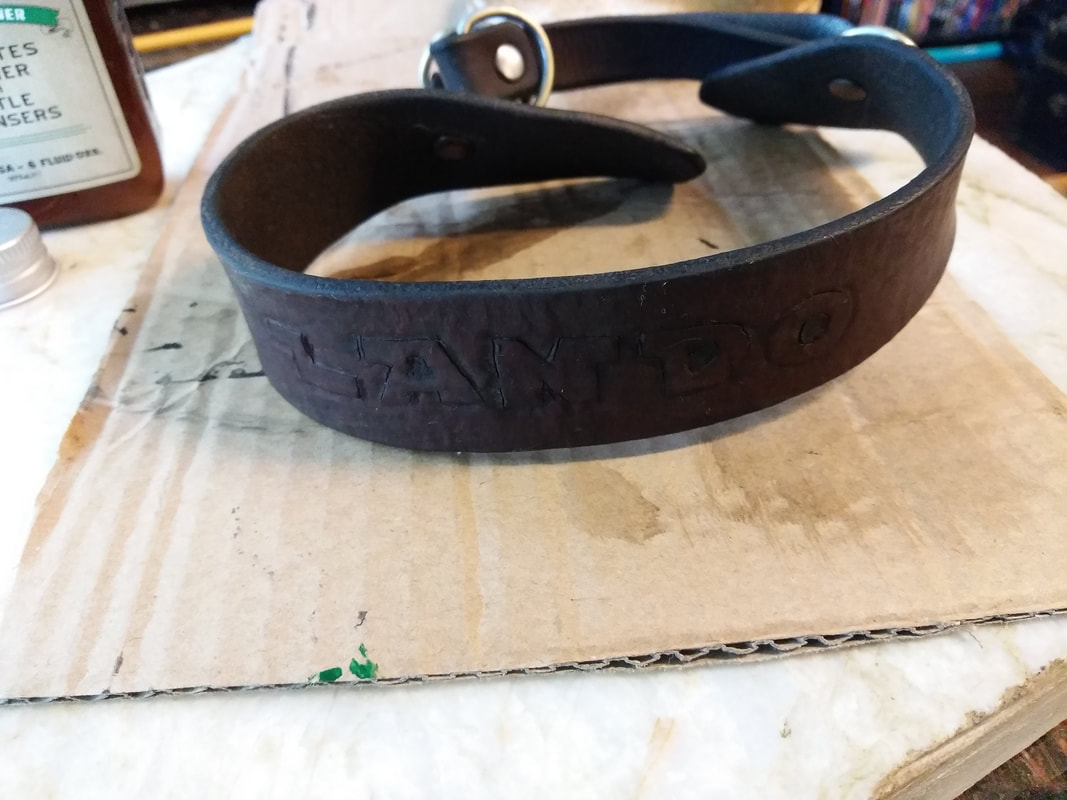
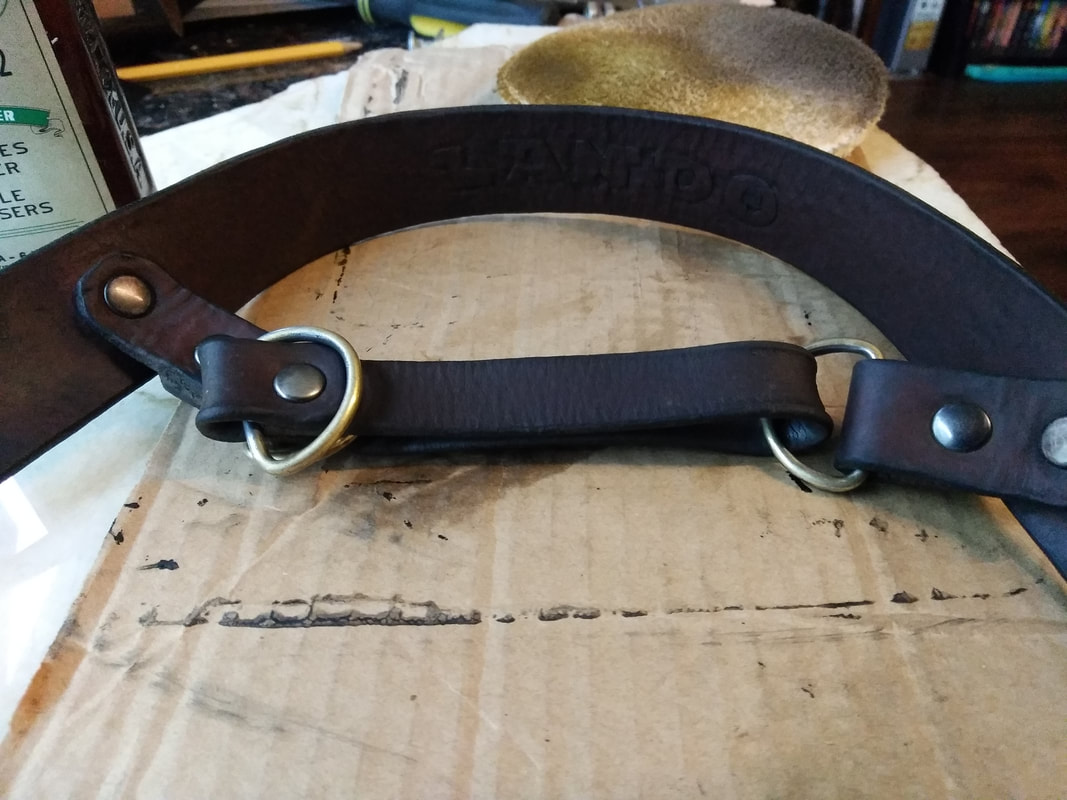
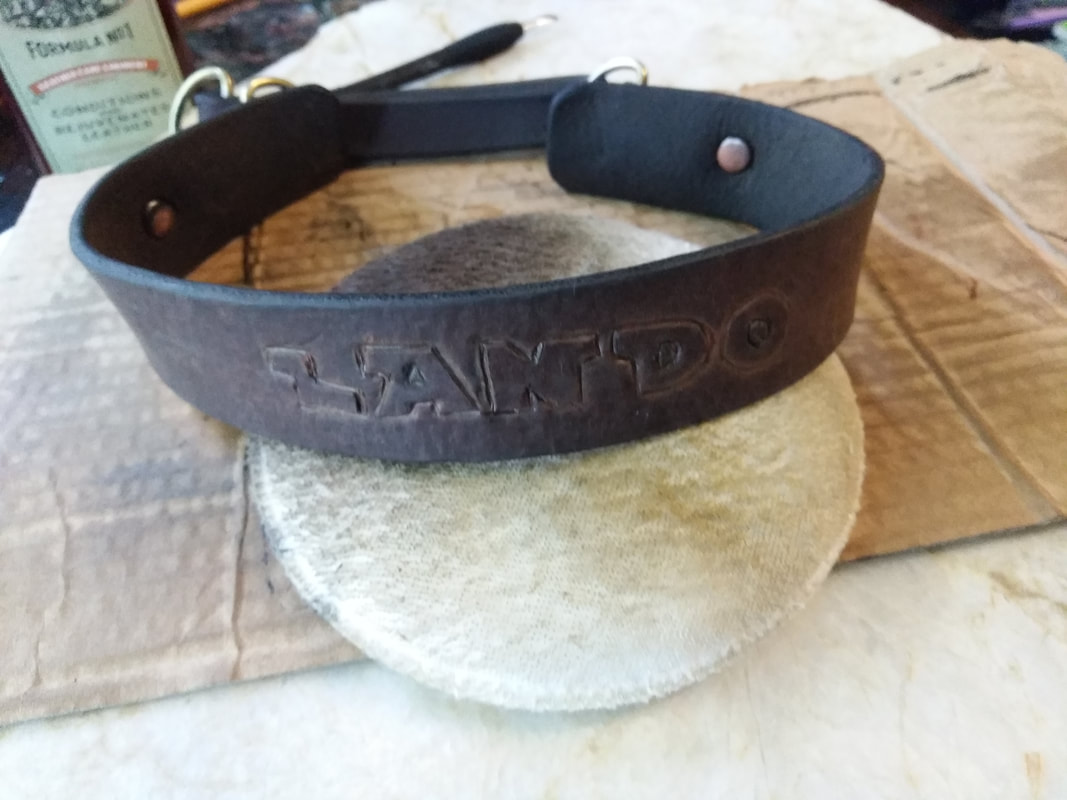
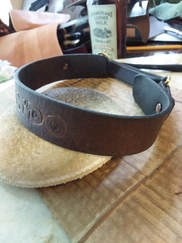
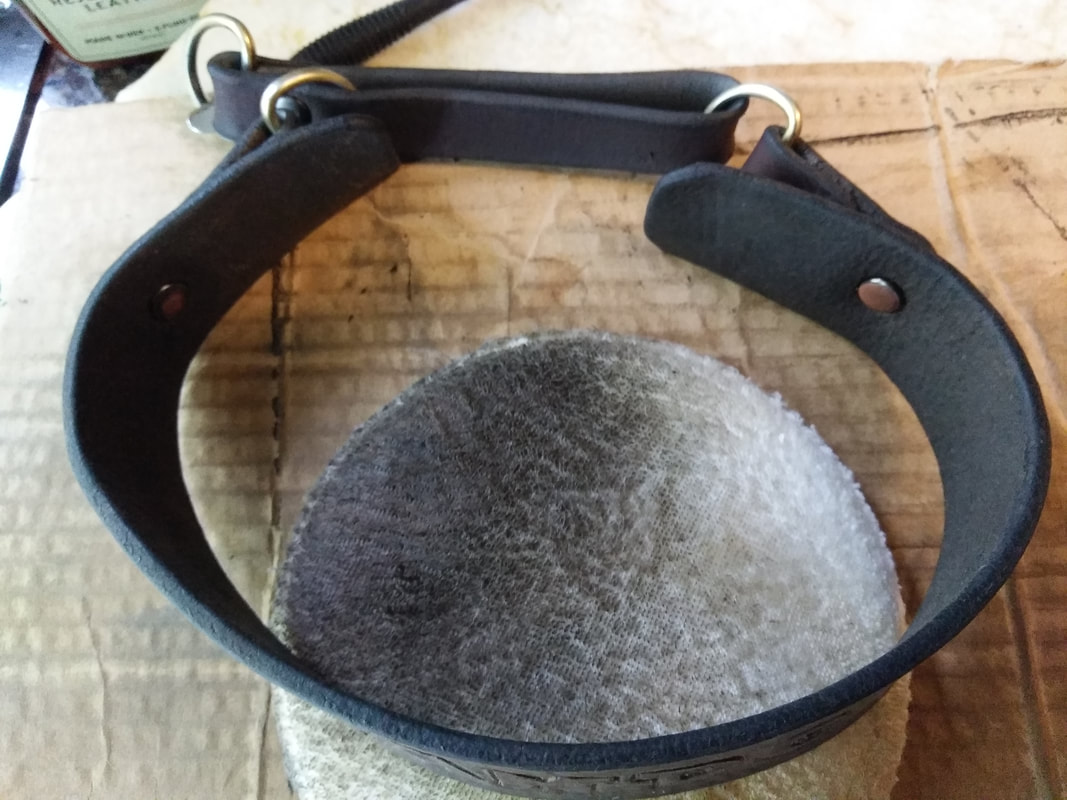
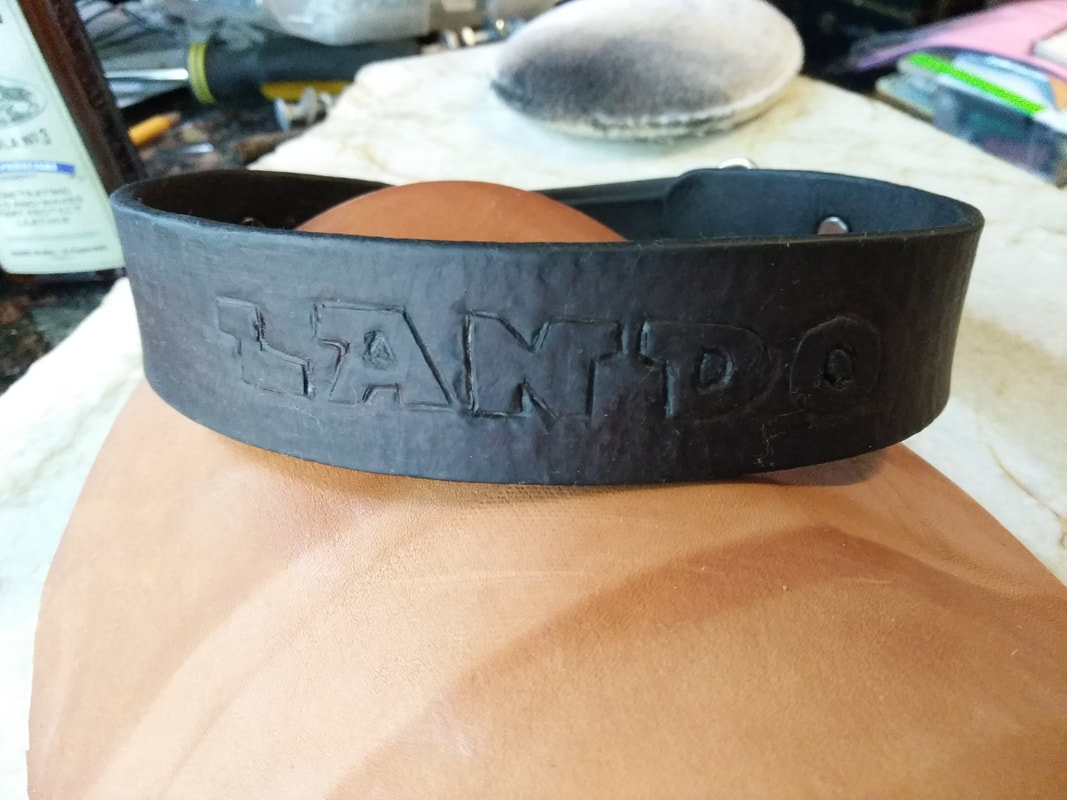
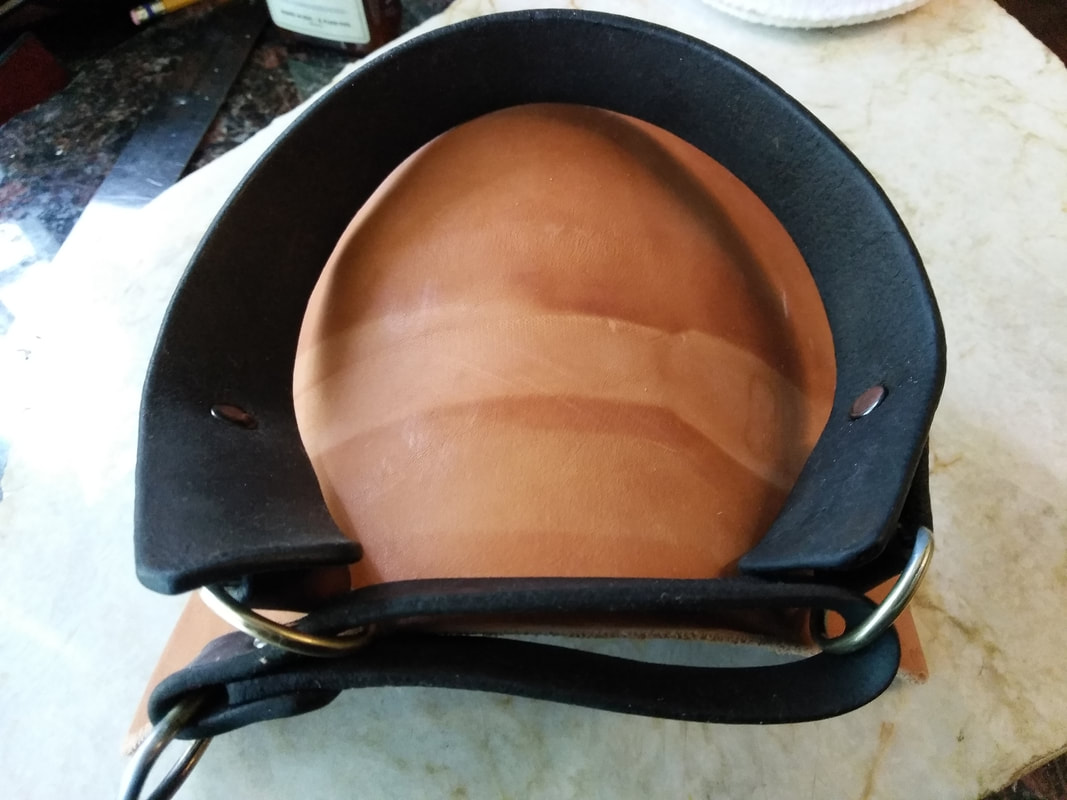
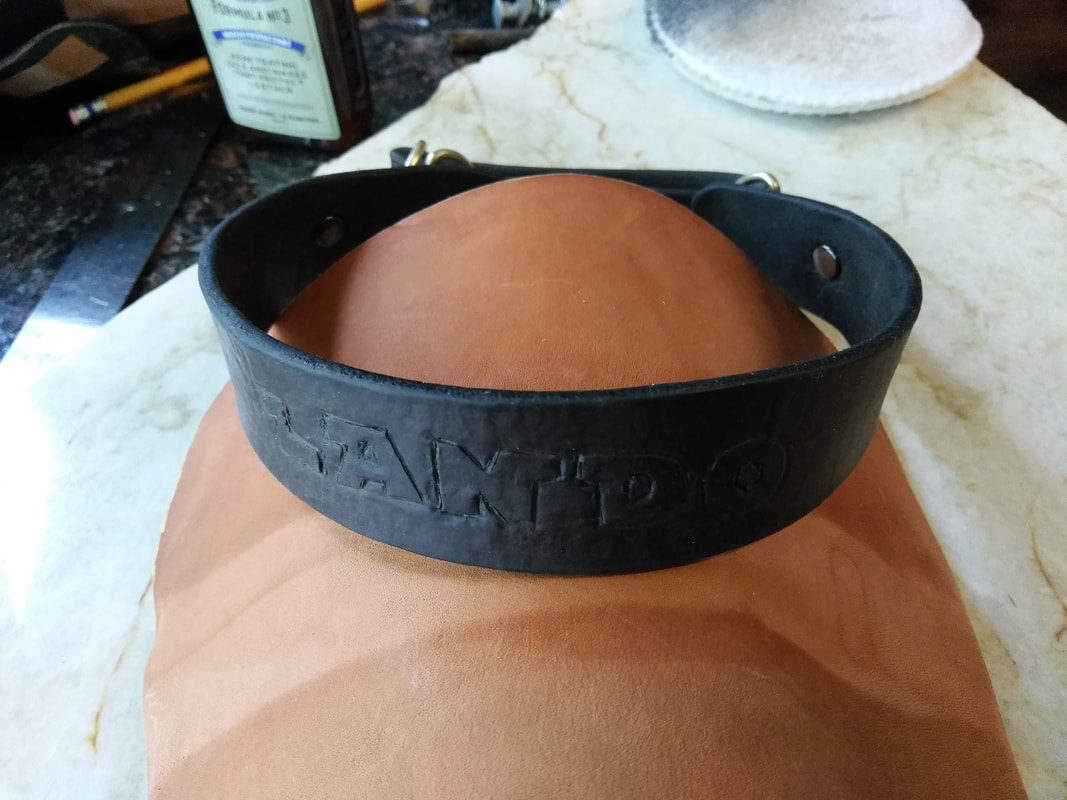
 RSS Feed
RSS Feed
